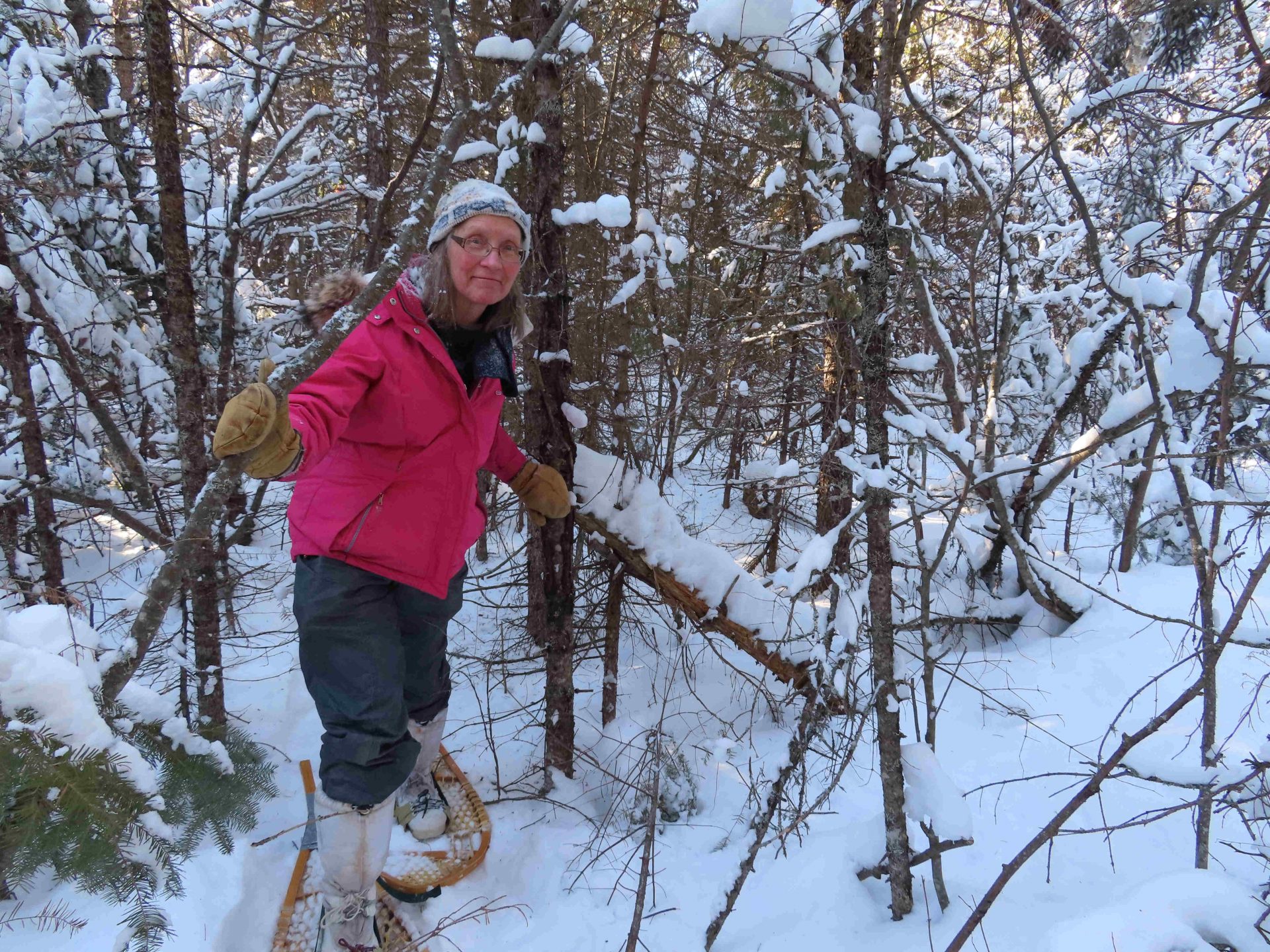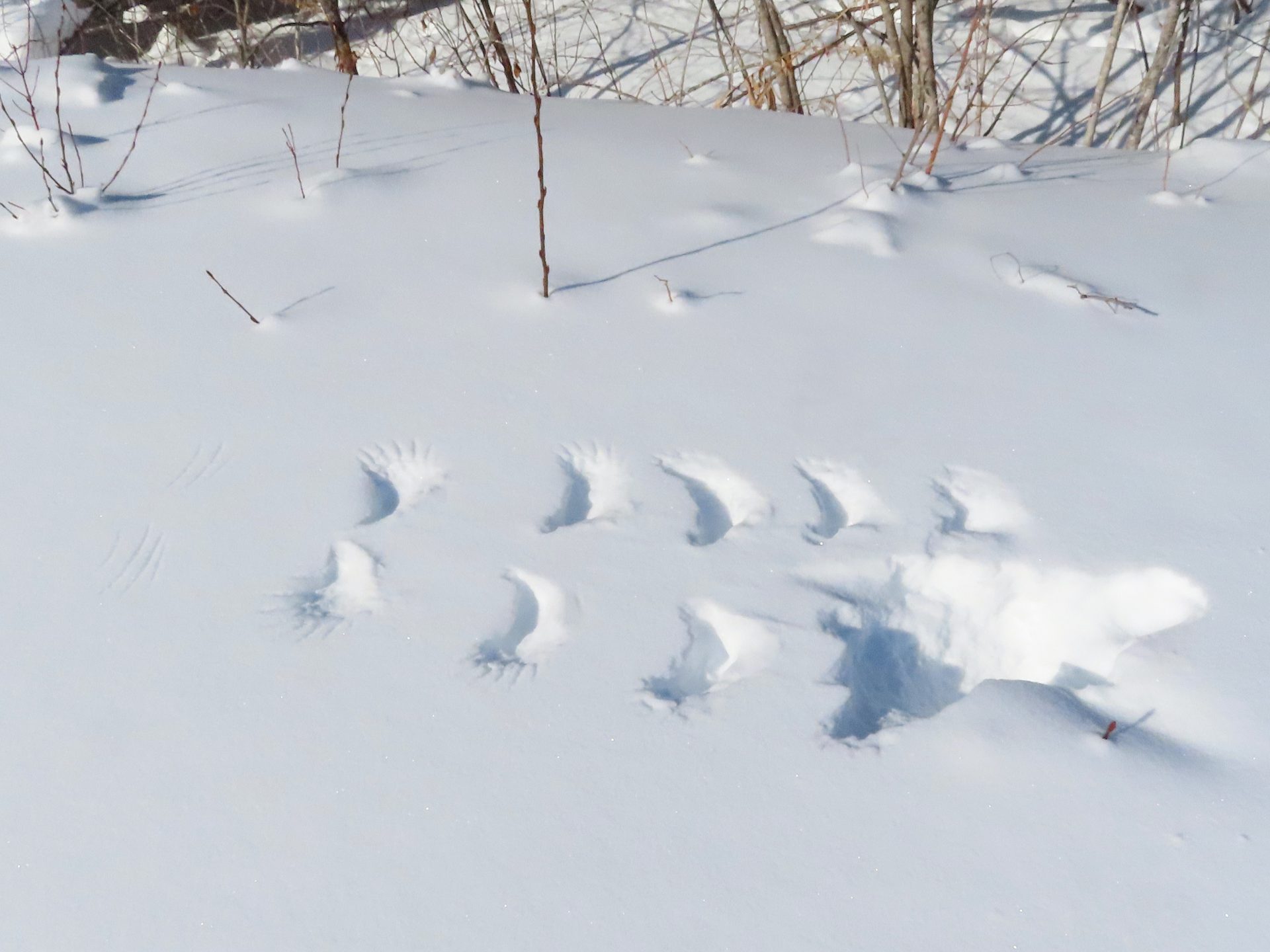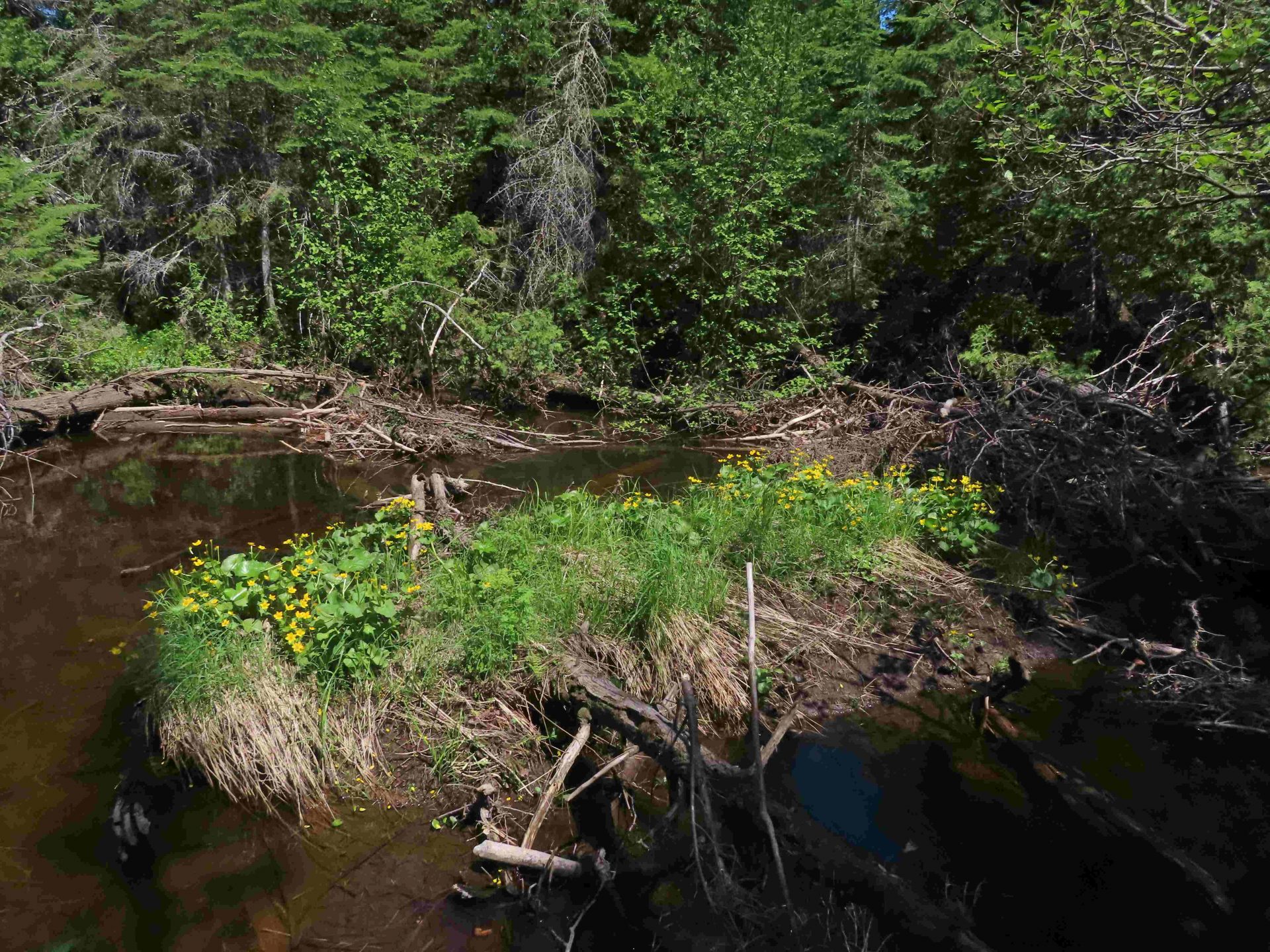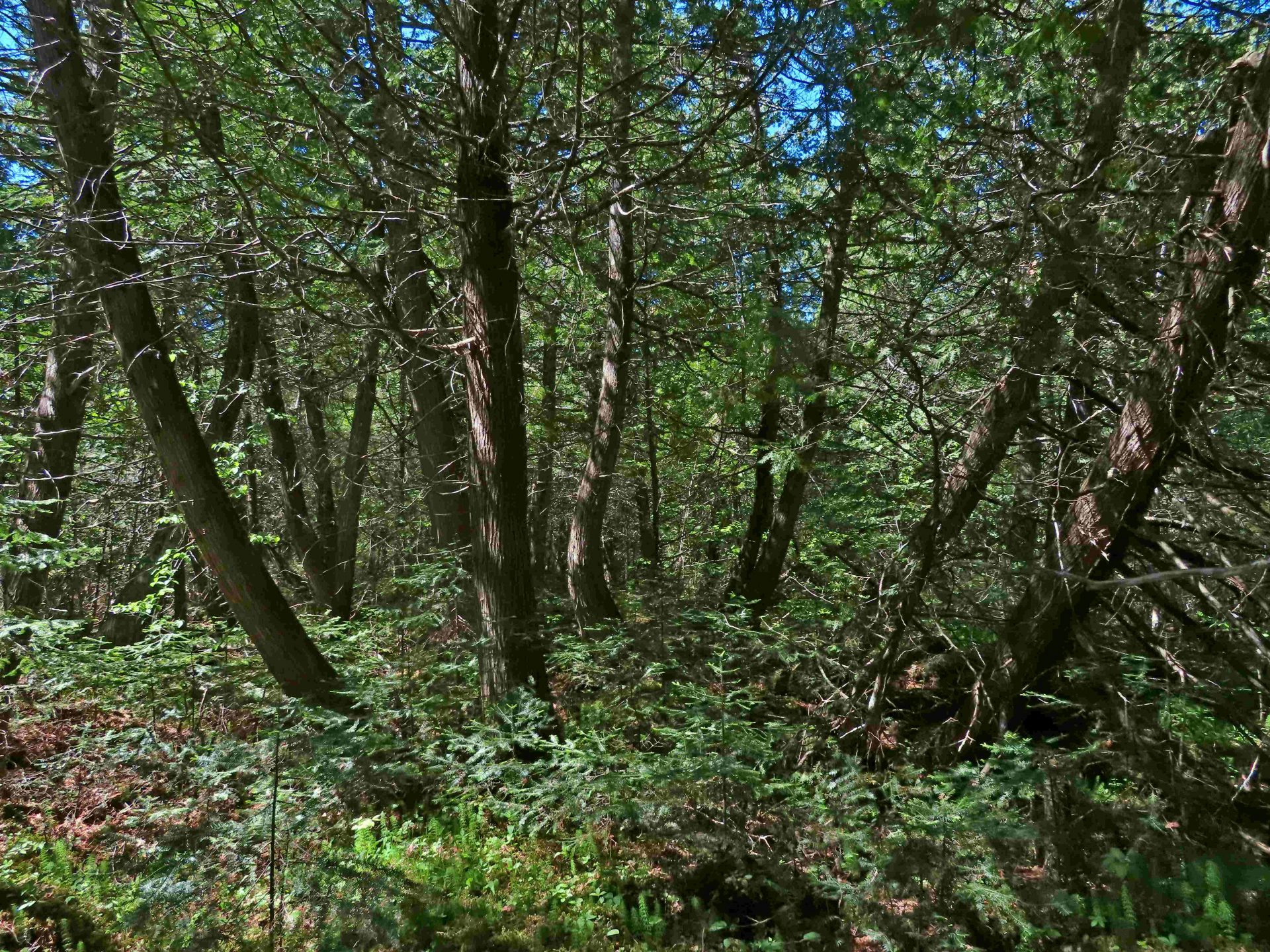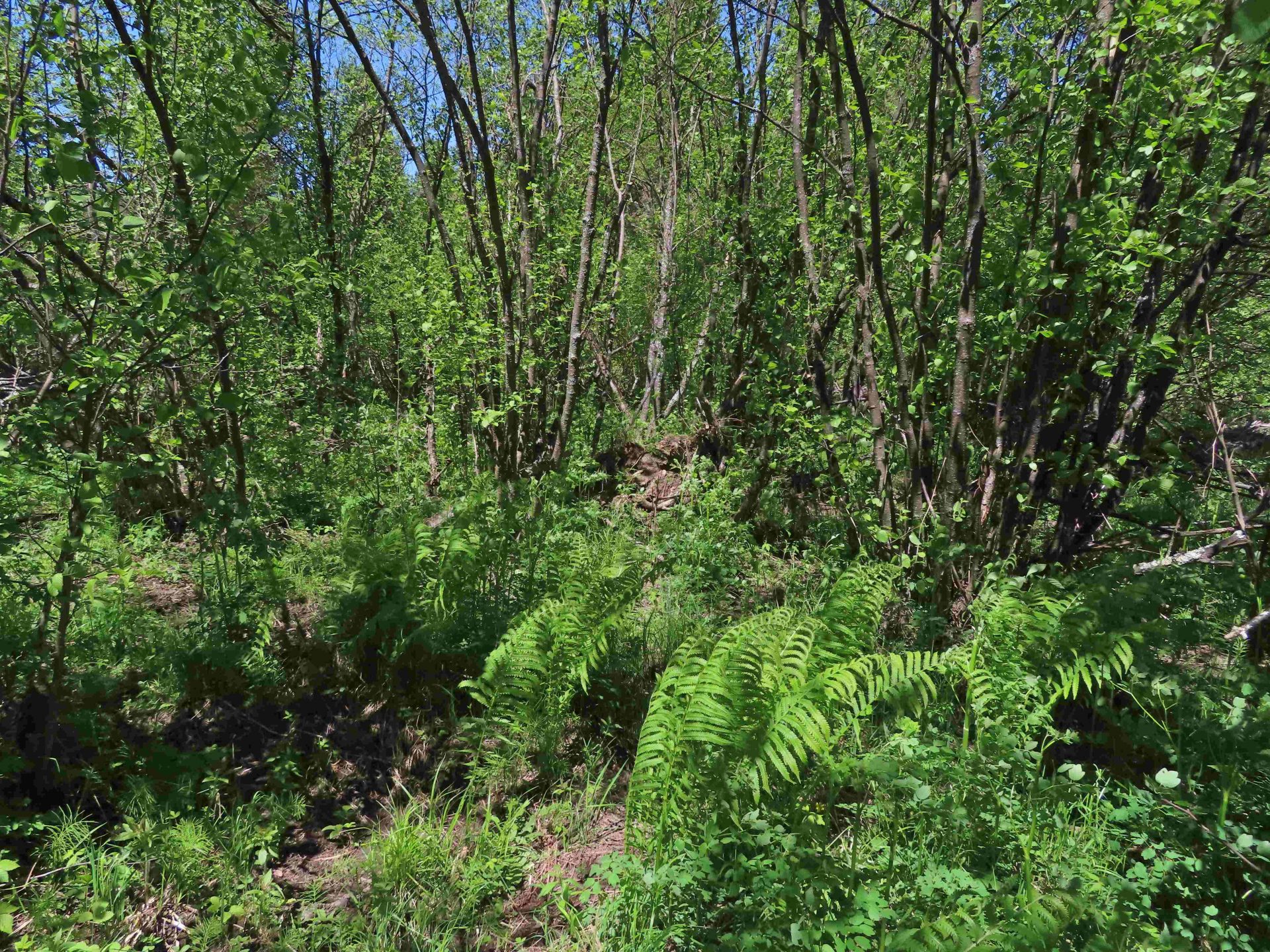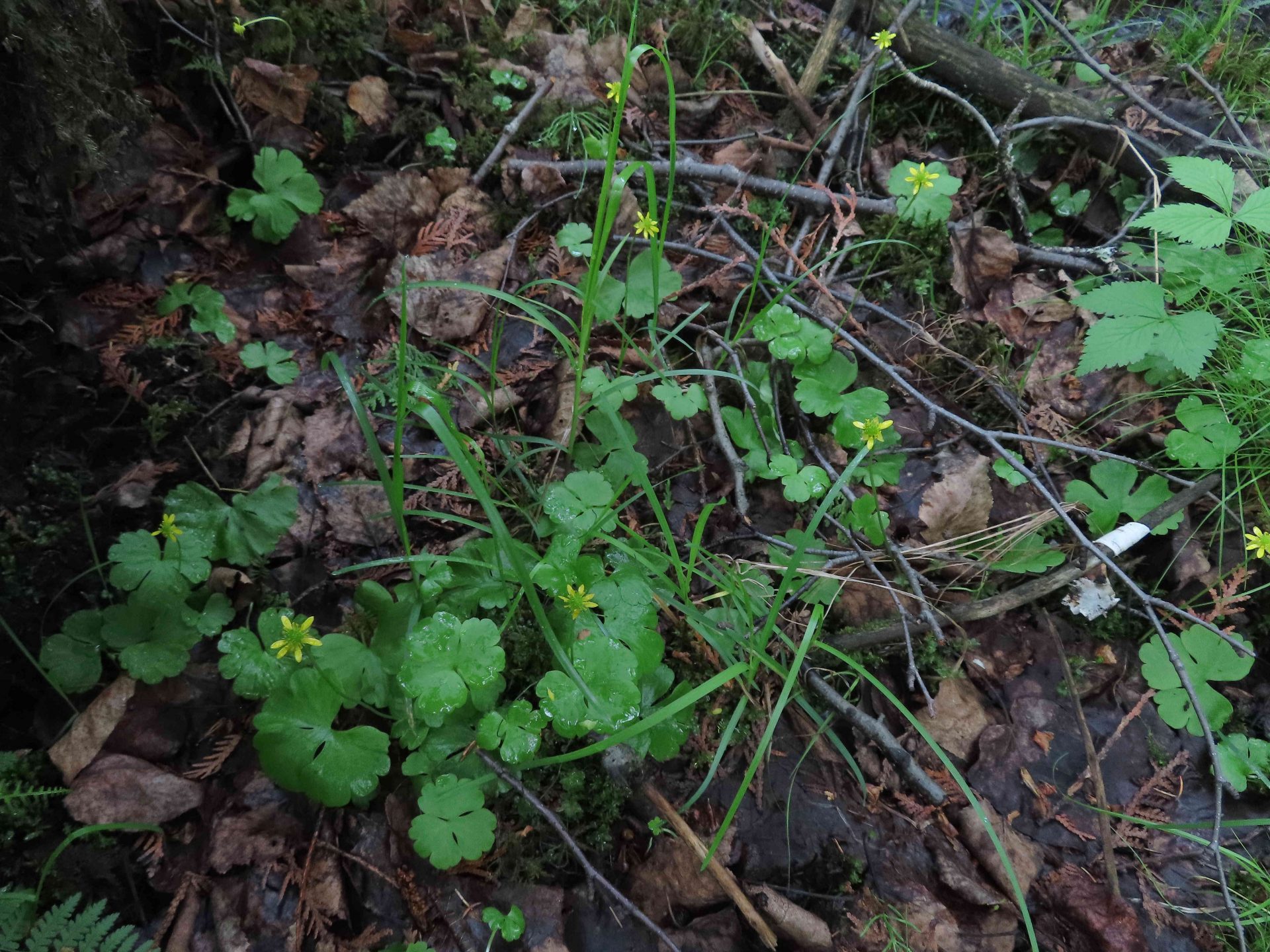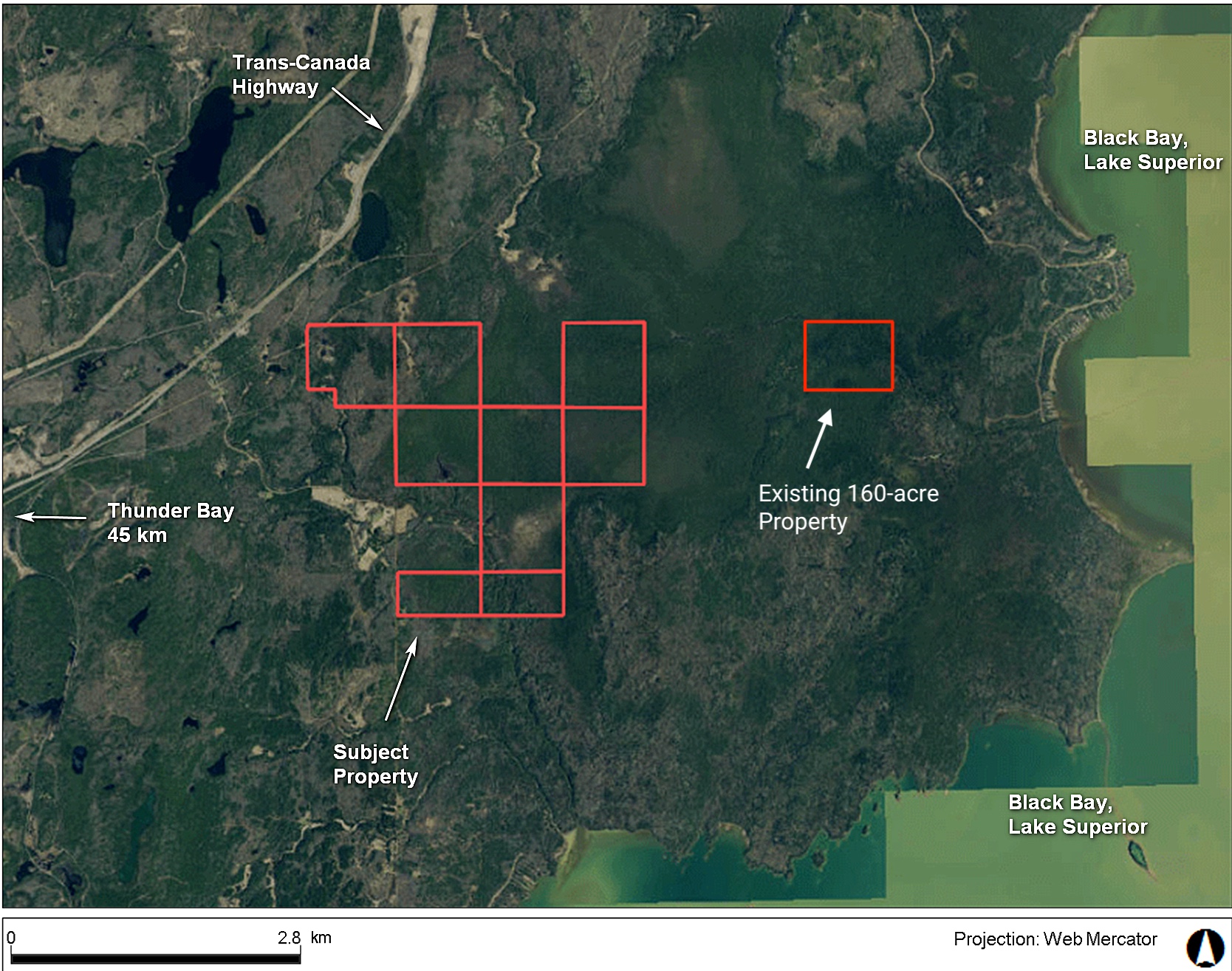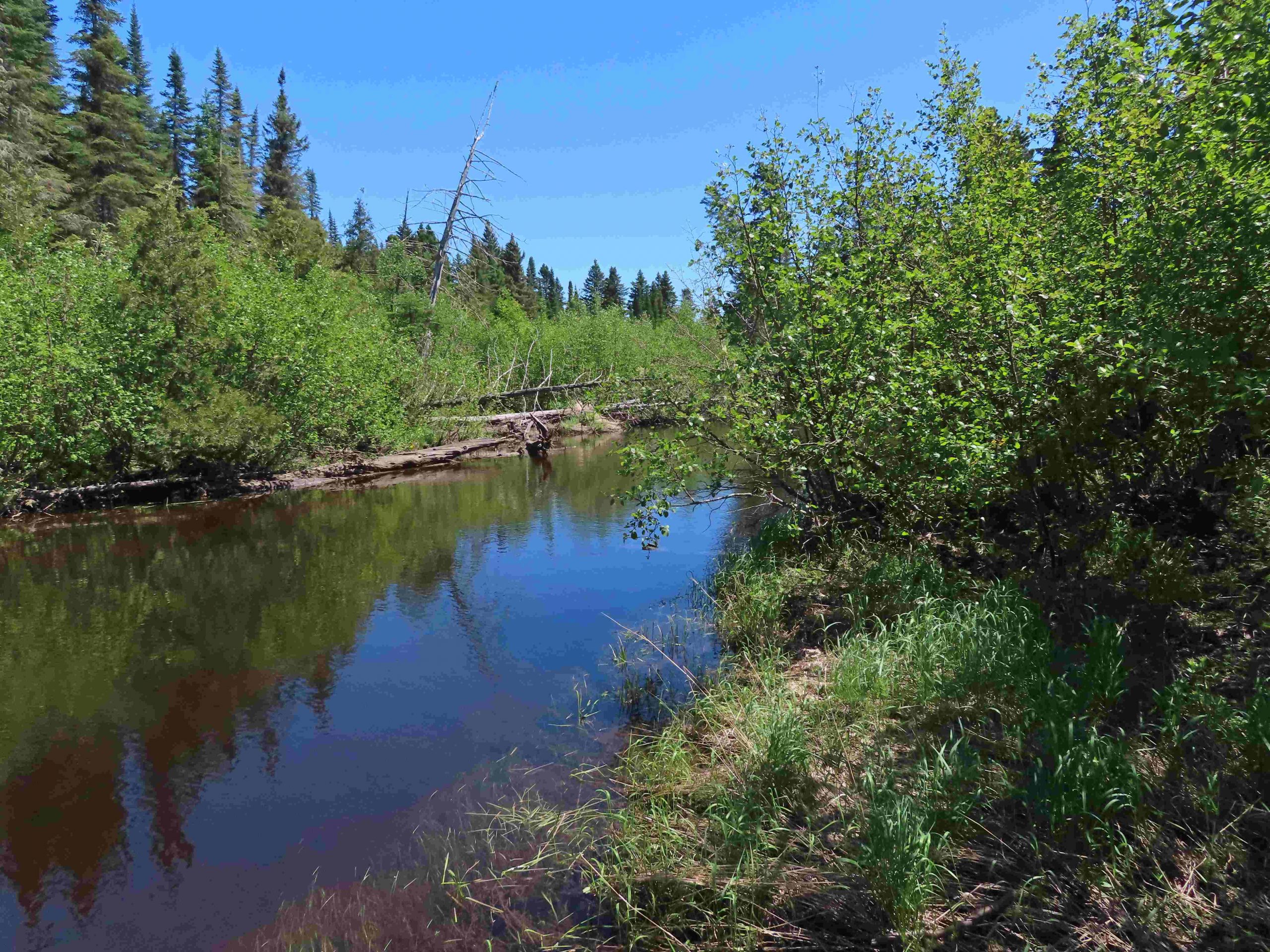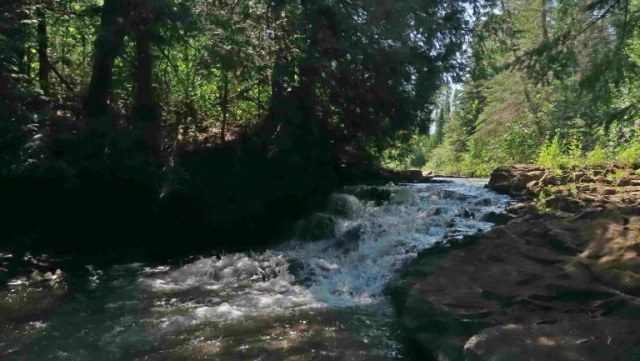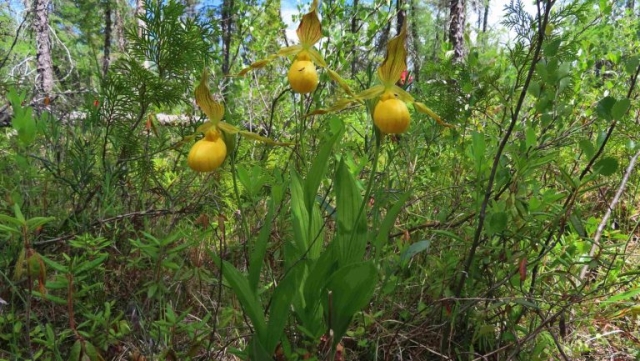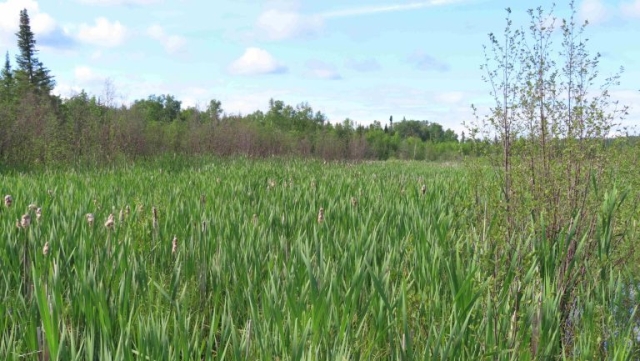McTavish Wetlands
Thunder Bay Field Naturalists Club has recently purchased an additional 1,248 acre (513 ha) property in McTavish Township, as part of the McTavish Wetlands Nature Reserve. This additional property encompasses eight contiguous parcels, with large areas of treed or semi-open fen. Two important waterways, the Pearl River and Welch Creek, flow through the property before emptying into nearby Black Bay on Lake Superior. This property fronts on Pearl Road 5 South where visitors can walk in from the roadside. Another access option is to walk east along the old CN rail line bed (the Kinghorn Subdivision) starting from Pearl Road 5. This is the route TBFN hiked for a club field trip in early June this year. The wetland has deep layers of peat and healthy conifer forests that cool local temperatures. In addition, the peat and forests on the property sequester large amounts of carbon, helping to fight climate change. Keeping the habitat shaded and natural is important to the quality of the water coming down both the Pearl River and Welch Creek. An unusual Species at Risk, the Northern Brook Lamprey, is known to breed on this property. This small native lamprey is not exactly charismatic, but it is an important native fish species, nonetheless. Unlike the better known and invasive Sea Lamprey, a problem in the Great Lakes, this small native lamprey eats only vegetable material. It spends its entire life cycle within the waters of suitable streams of our area, and requires flowing clean water on gravel beds for breeding. Thank you to all the generous donors to Thunder Bay Field Naturalists Nature Reserves who helped to make this purchase possible. Federal and provincial levels of government as well as Echo Foundation have provided matching funds for all private dollars received.
On April 11, 2022 TBFN purchased a 160 acre block of natural wetland in McTavish Township, Shuniah. The property was bought from an estate. The main reason for the purchase was to conserve the wetlands which cover most of the property. The reserve protects a conifer swamp and riparian habitat along the lower reaches of Welch Creek as the creek approaches its mouth on Black Bay. Welch Creek is the main drainage route from the large McTavish Wetland complex which lies south of Highway 11-17 and Pearl Lake. Protecting this ground water source and drainage through Welch Creek supports water quality in Black Bay. Species such as Lake Sturgeon, American White Pelican, Bald Eagle, and Caspian Tern depend on the bay’s clean shallow waters and ample fish stocks.
The treed wetland, fens, and thick layers of peat here sequester carbon, helping to slow climate change. Leaving the land in a natural forested state prevents loss of shade, desiccation of the peat, temperature rise, and the rapid moisture evaporation and run off that occur with clear cutting. Protecting the carbon captured in large northern peatlands and forested swamps is an effective tool in fighting global warming.
Access to the new reserve is challenging and involves bush-whacking in from the south end of the Superior Shores Road (east side of Black Bay). There are no trails on the property – it is completely natural. TBFN members snow shoed to the property in winter but we look forward to learning much more about it in the coming spring and summer months.
